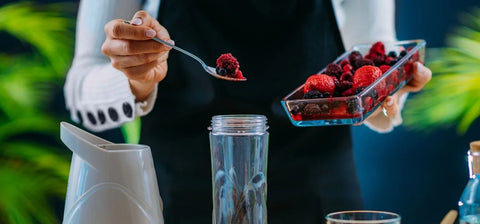Healthy cooking is not only about the food you choose, but also about how you cook it and the tools you use. To protect nutrients and avoid harmful chemicals, it's best to use alternatives to Teflon-coated pans — such as stainless steel or cast iron. Many health-conscious consumers in the U.S. and Canada are now switching from PTFE nonstick pans, which can release toxic gases at high heat, to safer and longer-lasting materials.
Why switch? Teflon and PFOA coatings have been linked to health risks. Stainless steel, on the other hand, is durable and safe, and cast iron even adds a small amount of iron to your food, which may benefit those with iron deficiency. Cast iron, when seasoned correctly, also offers a naturally nonstick surface without chemicals.
Better cooking methods: Steaming instead of boiling vegetables preserves water-soluble vitamins like Vitamin C. Baking or grilling meats instead of frying reduces unnecessary fat intake. High-heat frying can destroy nutrients and form harmful compounds like trans fats and acrylamides. Try:
- Steaming vegetables until slightly crisp
- Oven-baking fish or chicken instead of deep-frying
- Preheating stainless steel pans with a small amount of healthy oil to reduce sticking
- Avoiding overheating oils in cast iron to prevent harmful reactions
By choosing PFAS-free cookware and gentle cooking methods, your meals can be both delicious and nutritionally rich.
Take A Glance Wudy Products:
Wudy Multi-Purpose Kitchen Utensils
Wudy Stainless Steel Frying Pan




